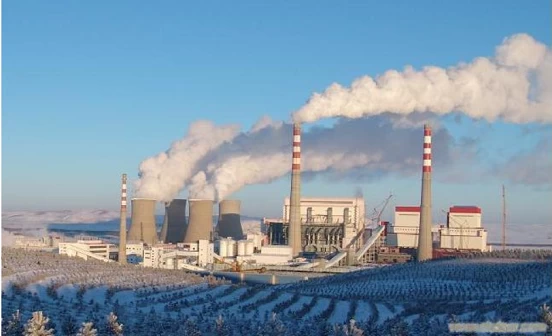Boiler Terminology Explanation (Part 6)
51.Thermal resistance: The ratio of the driving force for heat transfer, formed by temperature difference and radiation force difference, to the heat flow rate or heat flux. It is a parameter that comprehensively reflects the ability to resist heat transfer. In applications such as WC6 pressure seal gate valve, understanding thermal resistance is crucial for ensuring efficiency and durability under high-temperature and high-pressure conditions.
52.Forced motion: Fluid motion caused by external mechanical force is called forced motion of the fluid.
53.Free motion: Fluid motion caused by differences in density among different parts of the fluid is called free motion of the fluid.
54.Laminar flow: When the fluid flow velocity is very low, all fluid particles move parallel to the axis of the pipe without interfering with each other. This flow state is called laminar flow.
55.Turbulent flow: If the fluid velocity gradually increases to a critical value, different parts of the fluid will mix, and even vortices may appear. This flow state is called turbulent flow.
56.Boiling heat transfer in tubes: When a boiling medium (liquid) is forced to move along a pipe under the influence of external forces (pressure difference) and undergoes boiling due to heating, it is classified as flow boiling heat transfer. If the medium inside the pipe does not flow, it is generally treated as pool boiling heat transfer unless the pipe's internal diameter is very small and close to the size of the generated bubbles, which is a special case.
57.Film boiling: Under certain conditions, in subcritical pressure boilers, a vapor film separates the water or steam-water mixture from the heated pipe wall, leading to a sharp decrease in heat transfer coefficient and a rapid rise in pipe wall temperature, potentially causing overheating. Film boiling, also known as heat transfer deterioration, is classified into two types based on the mechanism:
First type of heat transfer deterioration: Occurs in the subcooled region and low steam quality region. When the heat load is very high, a significant increase in vapor bubble nucleation within the pipe leads to the formation of a vapor film due to the bubble generation rate exceeding the detachment rate. This phenomenon is known as departure from nucleate boiling (DNB). In such cases, the heat transfer coefficient drops sharply, the wall temperature rises dramatically, and overheating may occur. The decisive factor for this type of heat transfer deterioration is the heat load, with the transition heat load referred to as the critical heat flux. Other influencing factors include mass flow rate, steam quality (or subcooling value), pressure, pipe diameter, and heating surface conditions.
Second type of heat transfer deterioration: Occurs in the annular flow region with high steam quality. When a thin water film is torn apart or evaporated, the pipe wall is only cooled by steam, leading to a decrease in the heat transfer coefficient and a rise in wall temperature, though to a lesser extent than the first type. This condition often results in wall temperature fluctuations (ranging from 60-125°C), causing thermal fatigue failure of the pipe wall. The decisive factor for this type of heat transfer deterioration is steam quality, with the transition steam quality known as the critical steam quality. Other influencing factors include mass flow rate, heat load, pipe diameter, and pressure.
58.Radiation heat transfer: The process of heat exchange between two objects or media that are not in contact but have different temperatures, conducted via electromagnetic waves. It is one of the key topics in heat transfer studies. Radiation is the transmission of energy through the emission and absorption of electromagnetic waves. All electromagnetic waves propagate at the speed of light, but their properties vary depending on wavelength or frequency.
59.Radiative angle factors: The fraction of the energy emitted by one surface that directly reaches another surface in radiative heat transfer. It is abbreviated as the angle factor and represented by the symbol Fa-b, where subscripts a and b indicate that radiation energy is projected from surface a to surface b. This factor is directly related to the geometric shape and relative position of the objects under study and is an essential dimensionless quantity for calculating surface radiation heat transfer.
60.Selectivity of radiation: The ability of gases to selectively absorb or emit radiation energy within a specific wavelength range by gaining or releasing certain internal molecular energy. This is a unique radiative property of gases.

 +86 512 68781993
+86 512 68781993 


















